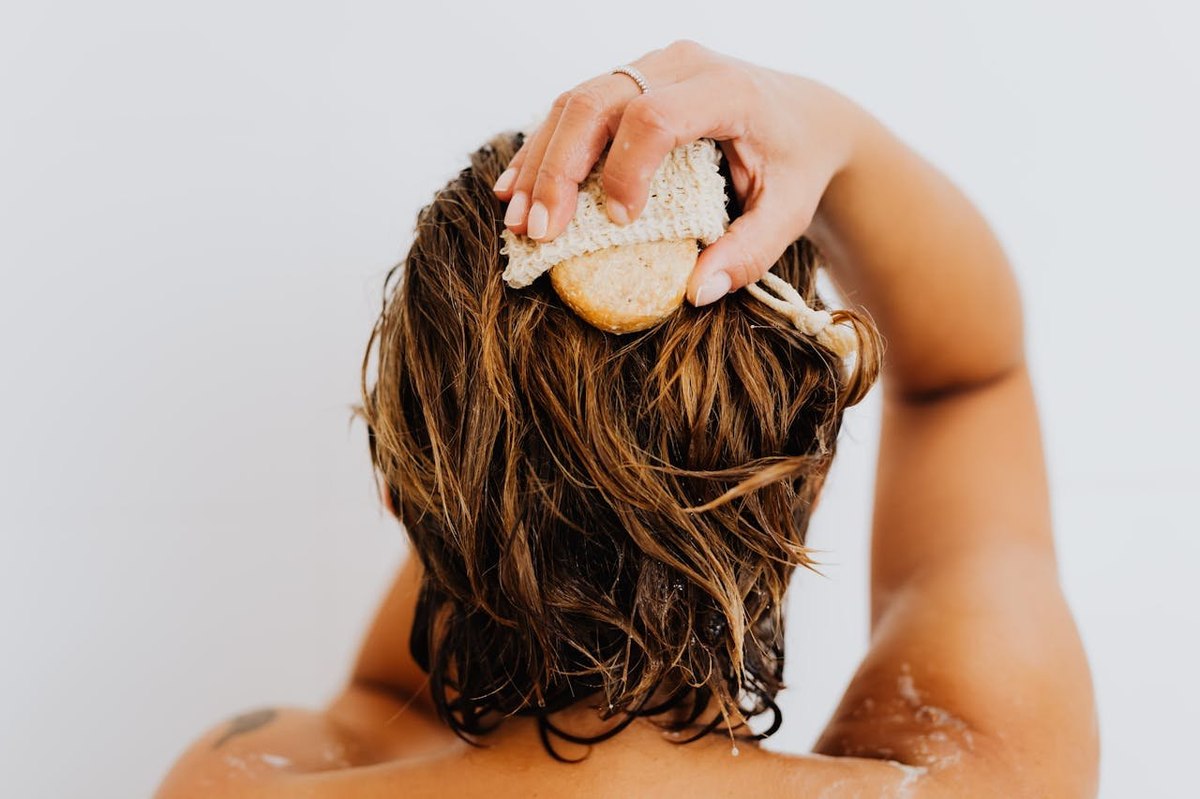From scalp-care tutorials flooding social media to shelves stacked with productspromising stronger strands, discussions around healthy hair are ever-present. Against this backdrop, a new YouGov survey examines the choices Americans make to care for their hair.
Overall, most Americans have some form of hair care routine: 86% use shampoo or conditioner, while smaller shares oil their hair (16%) or use serums, masks, or leave-ins (18%). Fewer turn to salon treatments (9%) or home remedies (11%), and only 5% report taking no action at all.
How does age impact hair care choices?
YouGov Surveys: Serviced data reveals that younger adults are more willing to experiment, while older groups tend to keep routines simpler.
Among those 18–34, nearly 9 in 10 use shampoo or conditioner, with about 1 in 4 oiling their hair (23%) and a similar share using serums or masks (25%). By contrast, those 55+ are far less engaged – just 11% use serums and 5% use home remedies. Adults aged 35–54 fall in between: 85% shampoo/condition, 22% use serums or masks, and 19% oil their hair.
Gender differences
Differences also exist by gender. While 93% of women use shampoo or conditioner, the share drops to 79% among men. Women are also far more likely to oil their hair (25% vs. 7%) or use serums and leave-ins (31% vs. 4%).
Men, on the other hand, are more than three times as likely to do nothing at all (8% vs. 2%) or to say they don’t have hair (8% vs. almost none among women). The gap highlights not just different routines, but different levels of engagement with hair care overall.
Racial patterns
Basic grooming with a shampoo/conditioning routine still leads (89% White, 76% Black, 85% Hispanics). Black respondents report distinctive practices, with nearly half (47%) oiling their hair, far ahead of the White (10%) and the Hispanic respondents (17%).
Hispanics outpace the others in using serums/masks/leave-ins at 24% (White (16%), (Black respondents (20%)).
Salon treatments (15%) and home remedies (21%) see highest interest among Black respondents.
What drives Americans to care for their hair?
Hygiene and upkeep (66%) top the list of reasons Americans care for their hair, but motivations differ across groups. Women are more likely than men to seek healthier or better-looking hair (72% vs. 42%) and to link routines with stress relief (33% vs. 21%). Preventing hair loss is a shared concern but registers higher among women (44% vs. 35% of men).
Geography adds another layer of nuance: urban (32%) and suburban (27%) adults are more inclined to see hair care as emotional self-care than those in rural areas (20%). City dwellers are also somewhat more influenced by media or brands (6% vs. 2–3% elsewhere). Overall, hair care appears driven less by social pressure and more by wellness goals and personal context.
Untangling America’s hair concerns
Only a minority of Americans experience hair problems “to a great extent,” but milder issues are widespread. Thinning and shedding (11% each) are the concerns that most prevalently affect Americans to a great extent, but about a third report these issues to a lesser degree. Premature greying (11% great; 17% moderate) and bald spots or receding hairlines (10% great) also affect many adults. Everyday frustrations are even more common: frizz or damage (9% great; 15% moderate) and dandruff or dry scalp (8% great; 14% moderate) impact large numbers, though less severely. Taken together, the data shows that while severe struggles touch a smaller group, most Americans contend with some level of hair concern.
Americans aren’t indifferent to hair concerns, but most keep budgets modest. The most common range is $1–$50 per month (42%), while only 5% say they would go as high as $100, and very few beyond that. About 9% wouldn’t spend anything, and another 4 in 10 are unsure.
Women are more likely to fall in the $1–$50 bracket (46% vs. 37% of men), while men are more apt to say they’d spend nothing (15% vs. 4% of women). Overall, the data suggests that while hair health matters, consumers remain cautious about monthly investment. The next question, then, is where those dollars go.
Most Americans who are experiencing any changes in their hair rely on everyday products, with 41% using serums, oils, or similar solutions, and women (52%) far outpacing men (28%).
Yet a sizable share (28% overall, and more than a third of men) admit they haven’t tried anything at all, underscoring a gap between concern and action.
Supplements like biotin or collagen are popular the most with women (37%) but far less so among men (15%), while younger adults (18–34) are most likely to experiment across the board, from supplements to DIY remedies.
More intensive options - like dermatologist visits (7%) or medical procedures (2%)—remain rare, showing that while hair health is a widespread concern, most consumers stop short of clinical interventions.
For brands, the data underscores both opportunity and caution: consumers clearly care about hair health, but most stay within budgets and lean on familiar products. Unlocking growth will mean addressing unmet needs, particularly among men, older adults, and those not yet taking action.
Methodology: YouGov Surveys: Serviced provides quick survey results from nationally representative or targeted audiences in multiple markets. This study was conducted online on August 6-7 2025, with a nationally representative sample of 1,236 adults in the U.S. (aged 18+ years), using a questionnaire designed by YouGov. Data figures have been weighted by age, gender, education and region to be representative of all adults. Learn more about YouGov Surveys: Serviced.
Photo By: Kaboompics.com
